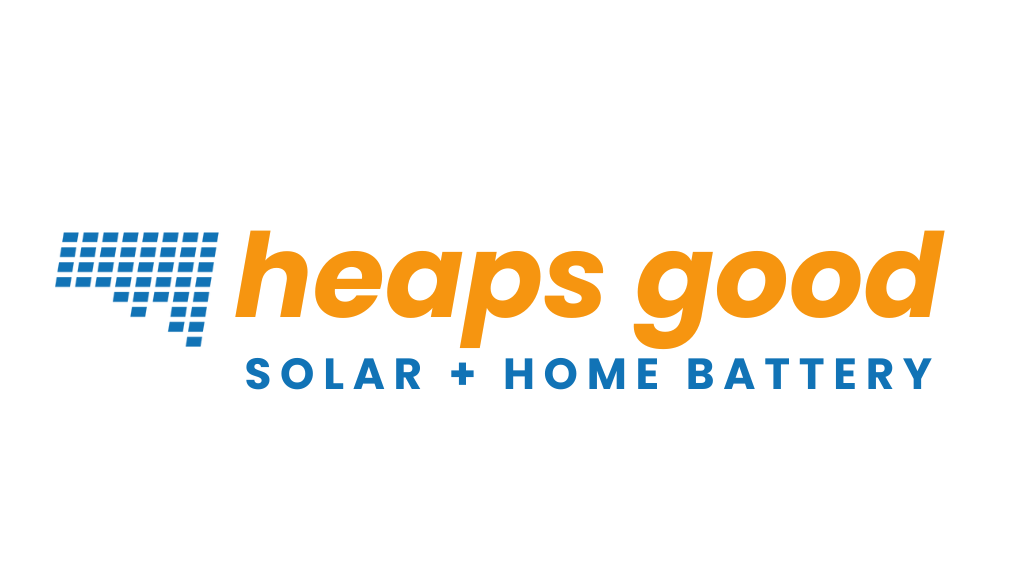Return on Investment for Solar
Return on Investment (ROI) is a term often used when considering a new or replacement solar system on your home or business. ROI describes how long it will take you to pay back your initial investment in a solar panel system with savings from paying power bills. It can also be used for a Home Battery system of EV charger.
Now unless you’re an accountant or very familiar with mathematics, ROI will be difficult to calculate. And if you’re like me, you’ll want to know what this means in real dollars. We’ll take you through the whole process that we use at my own home in Mount Barker, South Australia so you can get an idea of how it all works and what you can save.
** When you get a solar quote, the hard work on ROI is done by the software system which will show all the facts and figures for you. When you receive your quote, read this carefully and speak to your installer.**
Up-front investment
When we installed our solar system at my house , we ensured that we got the maximum solar system available which is 20kW (approx. 42 panels at 475W). The retail cost of this 20 kW Solar Panel System was around $16,500.00 with 15kW of inverters included in the system and a Solar HomeKit, which is used to monitor in real time the solar power generation, grid usage and solar export and provide an export limit to 10kW. Because we have two-phase power, we are only able to export 10kW back into the grid. With this amount of export, we shouldn’t expect to pay for any power, on average for the whole year.
So what does this mean? First, our up-front investment is $16,500.00. This is the number we want to recoup with our Solar Panel System.
Home energy grid usage
The second thing we calculate is our home energy grid usage. The best way to get this number is from your electricity bill. On average we were spending around $800-1000/quarter. Our entire home is on electricity, with no gas heating, appliances or hot water. So imagine we’re using the reverse cycle air-con in summer for cooling and winter for heating. And Mount Barker gets hot in summer and cold in winter! With a daily supply charge from our energy retailer at around $1.05 and electricity price at $0.55 per kW - we were spending a bit, even though we were trying to be economical.
So what does this mean? Our yearly costs are $3000-$4000. This is assuming retail electricity prices don’t keep going up.
Time for return on investment
Because of the size of our system and our energy costs - it will take 4-5 years to recoup that cost, if we are paying no electricity bill at all. Because of the size of our system, we can use all the power we need during the day and still get 60+kW of export into the grid per day in summer, at a feed in rate of $0.06 per kW. Even in winter, we still generate enough power to off-set our usage and break even.
So what does this mean? Our return on investment time is 4-5 years.
Summary
Up front investment: 20kW Solar Panel System with 15kW of inverter is around $16,500.00
Home energy grid usage: is around $1000/quarter. Our yearly costs are approx. $4000
Our time for return on investment: is around 4 years, assuming we don’t pay any electricity costs, because of solar off-set.
This means after approximately four years we wont be paying any power bills and have a value-added investment on our home! Happy days!
Heaps Good Tips
Calculate your ROI before you purchase a solar system. This can be done with a free quote provided by a solar installer.
Consider replacing older solar panels. Comparing an old system (10years ago) to the technology today is similar to comparing an iPhone from 10 years ago to the latest model. You can often get double to power generation for the same roof space.
Get the most panels you can afford. This will increase your ROI and with STCs (small-scale technology certificates) you will get a good rebate for a larger system. Just note, the rebate will come off your install price, not after your installation in a seperate rebate.
Consider converting from gas to electricity. Many people’s combined energy costs are higher than they think with gas and electricity. If you convert gas appliances (cooktop, oven), gas hot water and gas heating to electric - you can be saving this cost from your solar off-set.
Double check all your facts. A helpful independent website for info on Solar Installations and to make sure you’re not getting ripped off is www.solarquotes.com.au
Now rather than having to work that out on your own, contact one of the Heaps Good Solar and Electrical team to design a quote and return on investment (ROI) for your property.
Call or text 0439 068 479 to discuss your Return on Investment with a new or replacement solar system and gas-to-electric conversion. You can also email at info@heapsgoodsolar.com.au

